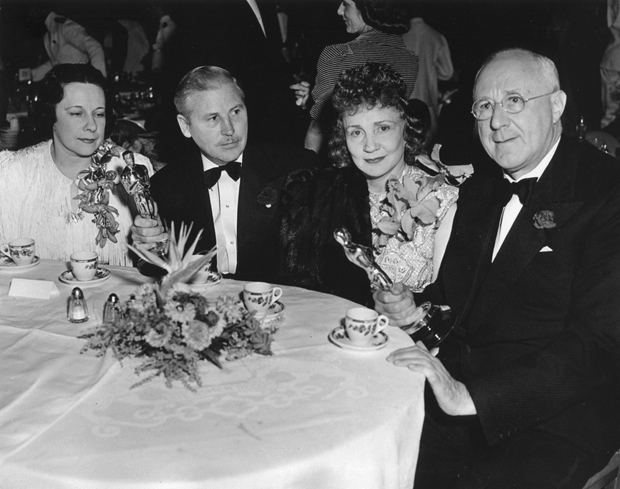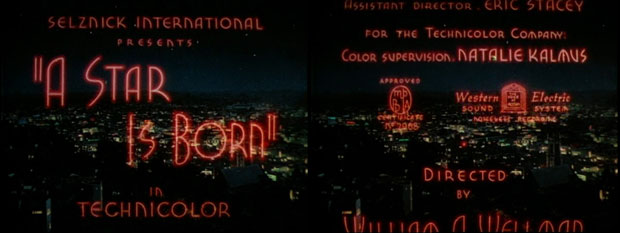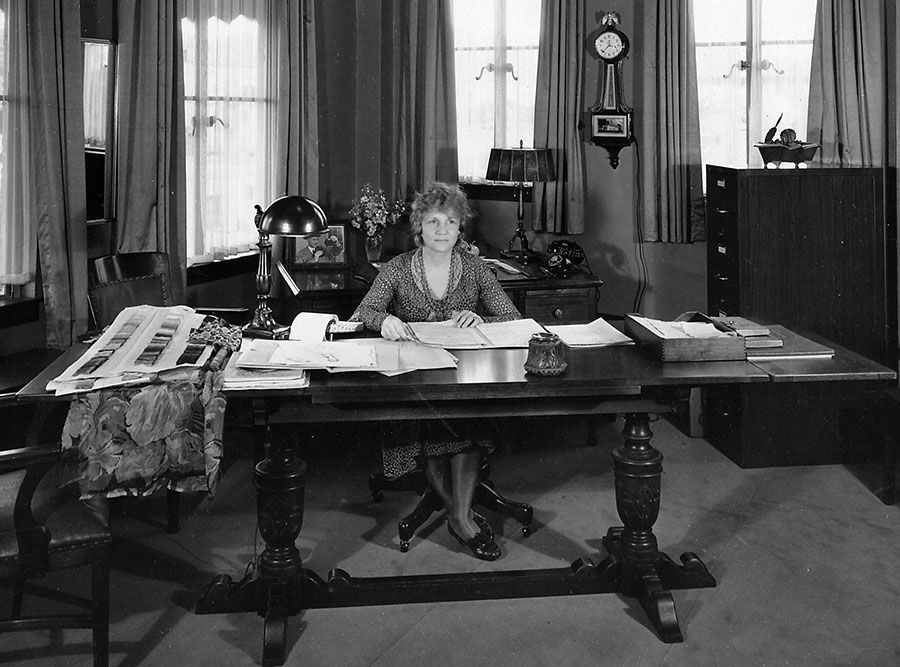By Leah Martindale, Third Year, Film & TV
As part of Epigram Film & TV's 'Female Film Icons' series, the significance of Natalie Kalmus's career and her influence on Technicolour film in the ‘30s and ‘40s is explored.
Natalie Kalmus was credited by The New York Times in 1939 as a movie executive earning $65,000 a year, estimated at over $1m in today’s currency. Kalmus is credited as the ‘color supervisor’ on nearly every Technicolor film from 1934-1949, until her ex-husband (Herbert T. Kalmus, Technicolor founder) was rumoured to be remarrying. She holds 404 IMDb credits, rivalling Hitchcock’s comparatively weak 204, with work including Gone With the Wind (1939), The Wizard of Oz (1939), and The Life and Death of Colonel Blimp (1943).
Why, then, is her prolific and widespread career an unknown entity amongst film viewing communities? Kalmus was a contentious figure in the film world, described as everything from hard-headed to a ‘bitch’ (by notably unpleasant director Allan Dwan, who, in the same interview, recalled pricking a child with pins to make him cry for a scene, and referred to a woman as ‘horsefaced’).
I’m still awaiting Natalie Kalmus’ equal recognition for her work during the same era. Her IMDB credits and work with Technicolor, arguably , significantly shaped the films of today.
— Neil Ramjee (@NeilRamjee) 4 February 2018
And yes. The biopic of her life is the story that needs to be told. pic.twitter.com/QPE4RRTdno
While Kalmus’ previous nuptial position undoubtedly influenced her success in entering the field, it was her fierce determination and often unlikeable single-mindedness about colour that ensured her longevity as ‘color supervisor’. As a former art student and model, Kalmus’ knowledge of working on-set and thick-skinned stamina, forged in the harsh limelight, made her the perfect candidate to be the bossy scapegoat Technicolor required.
Kalmus wrote a great many informative documents on the ‘proper’ use of Technicolor, many of which were contradicted under her supervision, much to her distaste. Kalmus supervised Meet Me In St. Louis (1944), notorious for its use of vibrant primary colours and emotive monochromes, despite her assertion in ‘Color Consciousness’ that ‘we must constantly practice color restraint’. While her role is often seen as an interference, hindsight is 20:20, and it is easy for us to imagine Kalmus was preaching to the choir as a society of smartphone users.
Kalmus’ great gift came from her ability to see the implications and unspoken dialogue of colour on-screen. ‘Thus we see that all the colors in the spectrum speak their particular language.’ However, her true talent lay in technical understanding. While many directors would want to throw as many colours as possible into a set to flaunt technology’s new abilities, Kalmus understood and reiterated the technical limitations of the time.

Courtesy of Ambassador Archive
Unlike the stage, on which many Technicolor directors (such as Vincente Minnelli, director of the aforementioned Meet Me In St. Louis) were more acquainted with, the screen’s capabilities to convey colour was temperamental and dependant on what Kalmus coined ‘color separation’. If too many colours of similar hues were organised together it created a colourblind effect, where a distinction was near impossible and all detail was lost.
While it may have made her unpopular with directors and set artists alike, her enforcement of the rules of early Technicolor made her an invaluable member of Technicolor’s roster, hence her staggering rate of pay. As Technicolor advanced through multiple stages, Kalmus remained at the forefront, encouraging names as big as Walt Disney to experiment with film’s new capabilities. The film in question, Flowers and Trees (1932), went on to win the first ever Academy Award for ‘Best Animated Short’. Cheers, Nat.
Despite many finding her hard to work with, and many of her methods now proving outdated as styles and technology grow exponentially away from the constraints at work in the early days of colour cinema, Kalmus’ influence is undeniable. Not only that, but the way she spoke of and experienced cinema is something poetic, and she had an eye for the factors of the screen we take for granted currently.

Courtesy of the Movie Title Stills Collection
Reading Kalmus’ writings on film colour revitalises a passion in me for the simple pleasures: ‘The flush of anger, the vigor of a sun-tanned skin, the richness of gold velvet, the violet mystery of distant mountains, the serenity of blue sky - these colors alone speak with more eloquence than could be described by words.’
When we watch cinema, it is easy to forget that every joyful hue is the result of hours of work - from set dressers to editors, costume designers to make-up artists, cinematographers to runners. When we see cinematic colour as Kalmus did, we see the depths of every worker on a set; and when the world saw Kalmus as Technicolor did, we were allowed the depths of everyone to work on a set, no matter their gender.
Courtesy of American Stock Photography
Have you read about our other female film icons?
Facebook // Epigram Film & TV // Twitter









